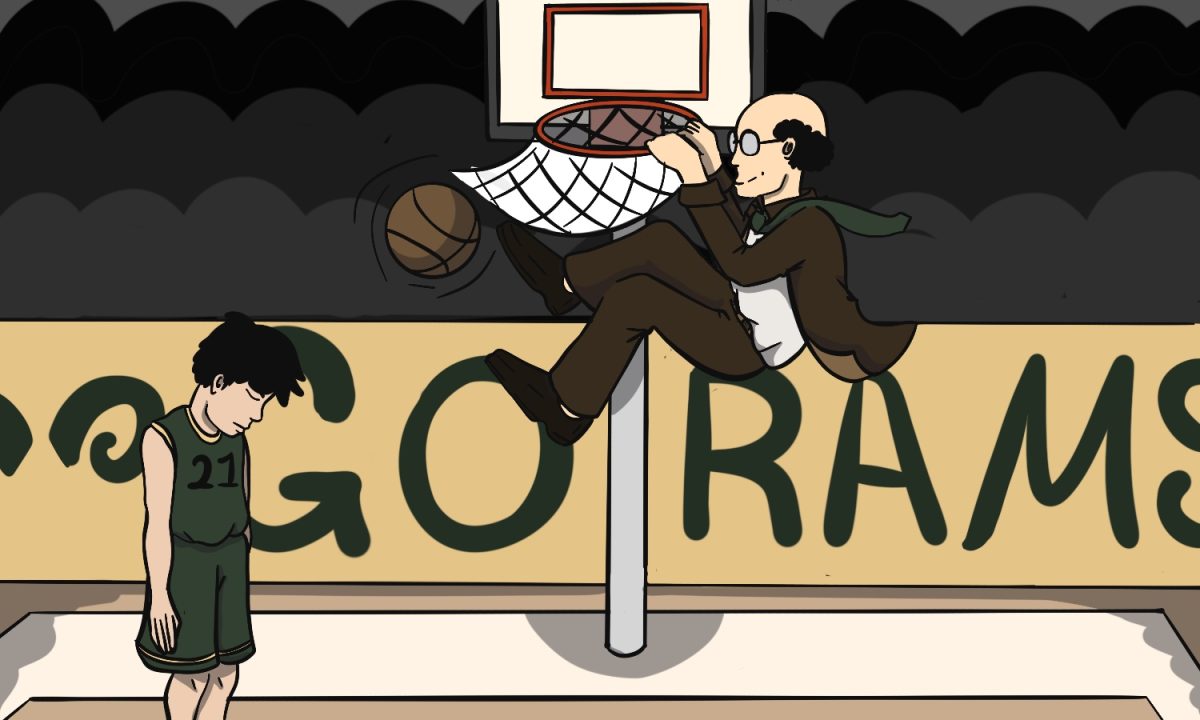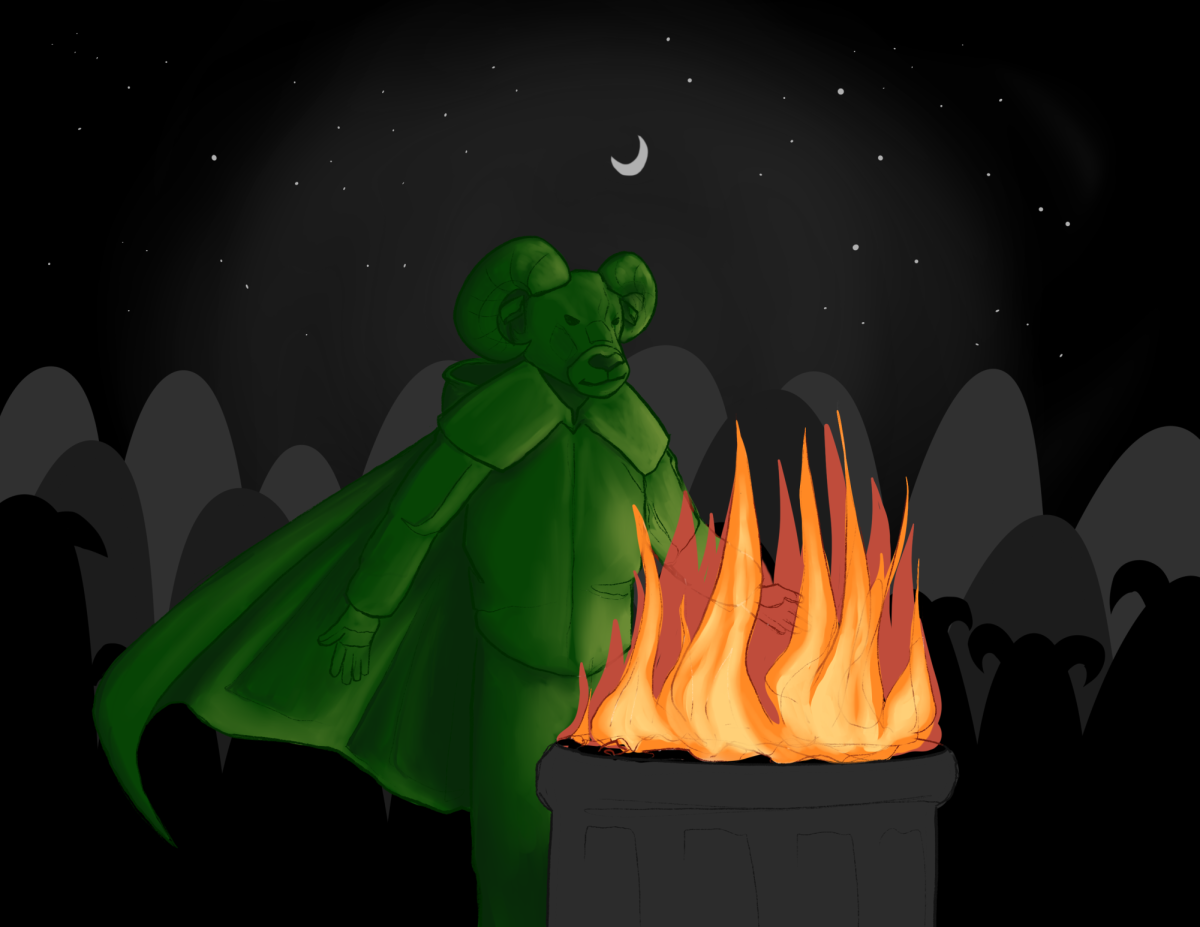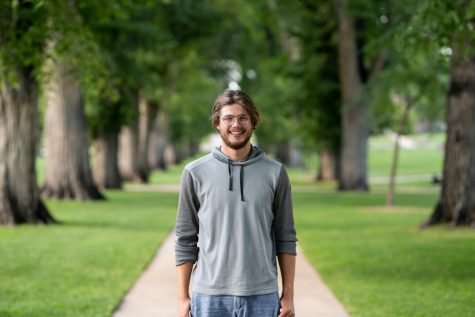Editor’s Note: This is a satire piece from The Collegian’s opinion section. Real names and the events surrounding them may be used in fictitious/semi-fictitious ways. Those who do not read the editor’s notes are subject to being offended.
FORT COLLINS, Colo. — The Colorado State University plaza is many things: a platform for students to speak truth to deaf ears, a billboard for clubs to advertise and a space for religious believers to morally condemn apathetic college students. Recently, however, it has become the sight of something new: field research.
“We realized the doomsayers frequenting the plaza might be onto something,” said award-winning CSU weather researcher Jess Clouds. “Ever since 2020 hit, a shocking number of their predictions seemed to come true.”
Yes, once ridiculed for their tasteless combinations of khaki and plaid, the enigmatic predictors of the apocalypse finally found their place.
“It’s a great year to die,” said preacher Paul Galavant. “Although it would probably have been better in other years. There’s really nothing like a surprise doomsday to stick it to skeptics.”
Galavant, however, is still pleased. 2020 saw a rapid influx of what some are calling doomsday events. From the COVID-19 pandemic to literal hellfire burning through California, it’s not looking great out there. In the face of these catastrophic and seemingly unpredictable events, researchers at CSU augmented their predictive models by analyzing doomsday prediction sermon frequency.
“We found that if a specific prediction appears across multiple doomsday warnings, it is statistically likely to happen in 2020,” said Clouds. “It’s like some cosmic force is f*cking with us.”
Many academics, however, question the scientific rigor of the new predictive models.
“There’s a non-zero chance God is laughing at us maniacally as our world crumbles around us,” said statistician Dr. Fisher Bayes. “However, the seemingly predictive quality between doom-speaking and 2020 events may simply be a corollary product of a pessimistic outlook and an absolute dumpster fire of a year.”
“Thanks to doomsday analysis, CSU researches successfully predicted new 2020 development: ‘Whatever this bullsh*t is now.'”
Some skeptics, however, have been converted.
“I didn’t personally take the models my peers put forward very seriously until the freakin’ murder hornets were a thing,” said entomologist Burt Vespidae. “Then I took the models seriously.”
To better understand the source information, The Collegian reached out to illustrious prophet and overly-large-sign bearer Clay Zedd.
“Our Lord and Savior Xenu personally informs my words and actions,” said Zedd. “His guidance allows me to know the firmament of the end times.”
When asked what a firmament was, Zedd reportedly didn’t know either.
Despite the shakiness of its sources, Cloud still remains confident in the new model.
“I honestly don’t care if our insights come through rigorous scientific methodology or Xenu at this point,” said Cloud. “I mean, psychology is considered science, why not this?”
For now, such a laissez-faire attitude seems to be working. Thanks to doomsday analysis, CSU researches successfully predicted new 2020 development: “Whatever this bullsh*t is now.”
“We’re quite proud of our achievement,” said bovine specialist Dr. John B. Wellington. “Even though no one listened to the advice put out in our report to remedy whatever this bullsh*t is now, we did get us a good ‘I told you so’ for later.”
To conduct future research, scientists exchanged email addresses with doomsayers in order to receive more insights on 2020. A few joined several mailing lists and found many CSU political science professors with subscriptions since 2016.
Paul Brull can be reached at letters@collegian.com or on Twitter @csucollegian.









